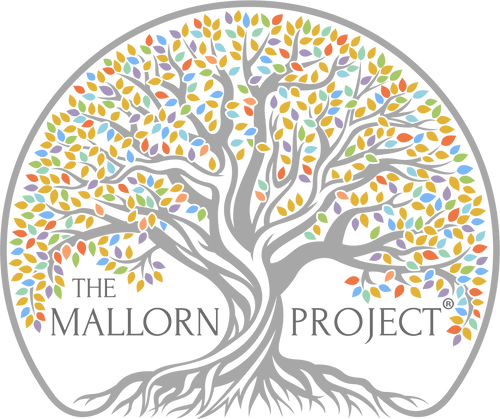The Planet’s most incredible locations were created by nature! These “natural wonders” sustain diverse ecosystems. Today’s featured natural wonder: the Sahara Desert!
SAHARA DESERT
🐪 9 million+ square km, spans 1/3 of African continent and 10 countries, covers 8% of earth’s land area, and the world’s largest hot desert and 3rd largest desert. It changes between desert and savanna grassland every 20,000 years; the most recent change was about 5000 years ago.
🏜 Mix of stone plateaus (“hammadas”), gravel plains (“serirs”), dry valleys (“wadi”), dry lakes (“oued”), salt flats (“chott”), permanent water (“oases”), and sand dunes, some over 500 ft high. Desert sands “sing”!
🏝 Harsh climate with very low and erratic rainfall, very high sunshine duration and year-round temperatures – over 40C during the hottest month – and winter nights can drop below freezing.
ECOSYSTEM
📍Divided into ecoregions with distinct plants and animals.
🌵Saharan plants: about 2800 species, of which ¼ are exclusive (“endemic”), including acacia, olive and cypress trees, palms, succulents, spiny shrubs, and grasses.
🦂 Saharan animals: Fox, Addax Antelope that can go nearly 1 year without drinking, Gazelle, Cheetah, Monitor Lizard, Hyrax, Sand Viper, African Wild Dog, Anubis Baboon, Red-necked Ostrich, Desert Crocodile, Deathstalker Scorpion, and Silver Ant. Camels, known as “ships of the desert”, were domesticated around 3000 years ago.
THREATS
❗️Human activities put pressure on natural resources, especially water.
⚠️ Hunting and habitat destruction has reduced large mammal populations, and development projects cause soil degradation and salinization.
😯 Since 1920, the desert has grown nearly 10%. It is expected to grow more over time due to human-caused climate change combined with natural climate cycles.
SAHARA DESERT
🐪 9 million+ square km, spans 1/3 of African continent and 10 countries, covers 8% of earth’s land area, and the world’s largest hot desert and 3rd largest desert. It changes between desert and savanna grassland every 20,000 years; the most recent change was about 5000 years ago.
🏜 Mix of stone plateaus (“hammadas”), gravel plains (“serirs”), dry valleys (“wadi”), dry lakes (“oued”), salt flats (“chott”), permanent water (“oases”), and sand dunes, some over 500 ft high. Desert sands “sing”!
🏝 Harsh climate with very low and erratic rainfall, very high sunshine duration and year-round temperatures – over 40C during the hottest month – and winter nights can drop below freezing.
ECOSYSTEM
📍Divided into ecoregions with distinct plants and animals.
🌵Saharan plants: about 2800 species, of which ¼ are exclusive (“endemic”), including acacia, olive and cypress trees, palms, succulents, spiny shrubs, and grasses.
🦂 Saharan animals: Fox, Addax Antelope that can go nearly 1 year without drinking, Gazelle, Cheetah, Monitor Lizard, Hyrax, Sand Viper, African Wild Dog, Anubis Baboon, Red-necked Ostrich, Desert Crocodile, Deathstalker Scorpion, and Silver Ant. Camels, known as “ships of the desert”, were domesticated around 3000 years ago.
THREATS
❗️Human activities put pressure on natural resources, especially water.
⚠️ Hunting and habitat destruction has reduced large mammal populations, and development projects cause soil degradation and salinization.
😯 Since 1920, the desert has grown nearly 10%. It is expected to grow more over time due to human-caused climate change combined with natural climate cycles.


